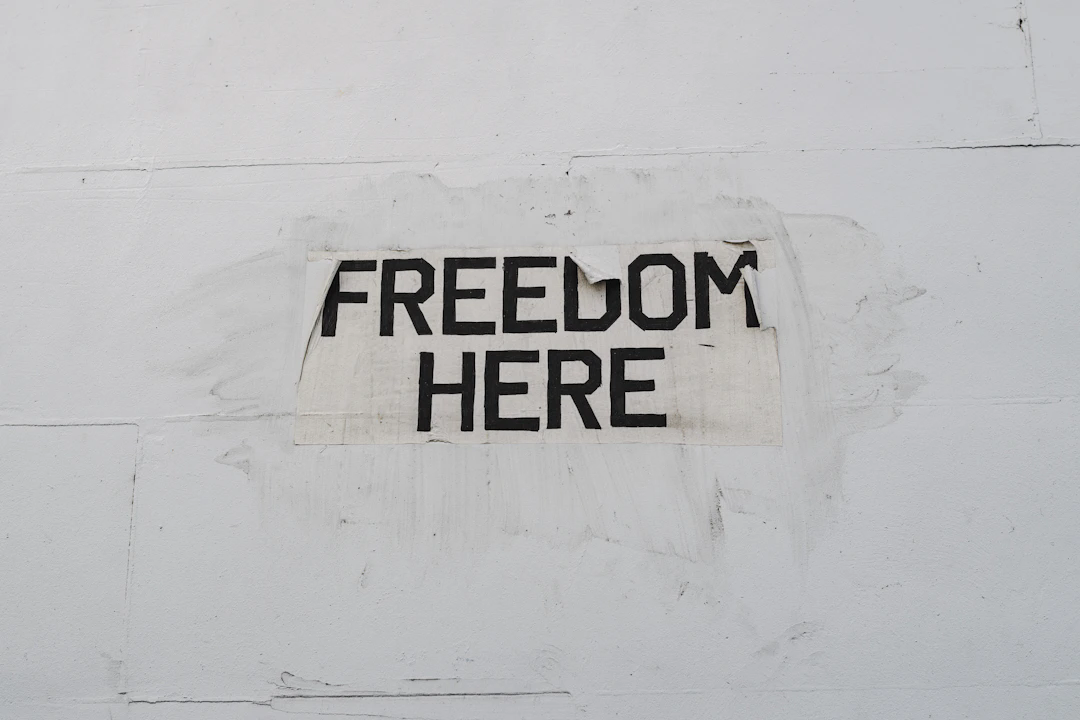Transforming Prisons, Transforming Lives
Ingrid Felton - 09 Aug 2025 09 Aug 2025
As someone whose work often brings me up close with the delicate balance of wildness and repair—whether sketching a barnacle or restoring a marine habitat—it’s striking to see a parallel conversation now reshaping correctional facilities across the United States. The latest research, including powerful case studies from the National Institute of Justice, reveals an active push to humanize prison culture, following successful models from Scandinavia and broader Europe [1]. So why does this matter for us, especially here in Seattle, a city known for progressive thinking and community advocacy?
At the core, the effort is about transforming environments that for too long thrived on rigidity, isolation, and a stark us-versus-them mentality. Traditional U.S. prisons, heavy on command and control and short on personal agency, not only risk harming those inside but can also create toxic workplaces for correctional staff, leading to stress, attrition, and lasting trauma. But flip the lens and foster dignity, participation, and restorative justice? Suddenly these institutions can become sites of growth and genuine repair, benefiting society as a whole.
Countries like Norway, Sweden, and Germany aim to make daily prison life echo life outside, focusing on rehabilitation rather than punishment. In these models, officers are part-mentor, part-confidant, and part-community leader. They emphasize trust, incentives, and conflict resolution skills, which in turn generate lower recidivism rates—often half or less of those seen in the U.S. The Scandinavian example has inspired not just admiration, but pilot projects on American soil, some right here in the Pacific Northwest.
What stands out is the ripple effect: when correctional staff are supported, trained in mental health and restorative practices, and empowered to form real bonds with those in their care, everybody benefits. We see improved staff retention, lower violence, and—most importantly—individuals ready to re-enter society with a clearer sense of their own value.
Pilots and Promising Reform
Several standout initiatives are helping to turn theory into practice. "Little Scandinavia" at the SCI Chester prison in Pennsylvania, for instance, reimagines physical space with communal kitchens and green areas, but the real innovation is social: fostering agency and trust for both staff and residents. North Dakota’s drastic reduction of solitary confinement after sending staff abroad to observe Norwegian prisons is another milestone, yielding more cooperation and mutual respect inside facility walls.
Closer to home, Amend and Restoring Promise are programs actively shaping correctional culture. Amend, out of UCSF, guides Washington’s Stafford Creek Corrections Center and others in building healthier and safer environments, tailored for our local realities. Meanwhile, Restoring Promise, launched by the Vera Institute of Justice, brings in peer mentorship and restorative justice for young adults, making a measurable impact on misconduct, violence, and future readiness.
Take a look at the following overview of these leading programs:
| Program | Location | Population | Program Inception |
|---|---|---|---|
| Restoring Promise | Multi-site (see below) | Varied | 2017 |
| Little Scandinavia | SCI Chester, PA | General population | March 2020 |
| Amend | Stafford Creek Corrections Center, WA | Men in restrictive housing | October 2020 |
| Kewanee Life Skills Re-Entry | Kewanee, IL | Men close to release | February 2017 |
| WORTH | York Correctional, CT | Women ages 18–25 | June 2018 |
| Change Maker’s Village | Arkansas Valley, CO | Young men 18–25 | Dec 2021 |
| UNITY Village | North Dakota State Penitentiary, ND | Young men 18–25 | Feb 2022 |
The ethos behind these projects sounds familiar to anyone tuned to the rhythms of sustainability and restoration—transform the environment, and those within it respond in kind. Importantly, the most successful reforms aren’t strict models, but philosophies tailored to local laws, communities, and participants. This flexibility allows for collaboration and buy-in at every level.
Evidence-Based Impact and Innovation
The positive outcomes aren’t just anecdotal. A three-year randomized controlled trial of Restoring Promise in South Carolina showed participants were 73% less likely to commit a violent infraction and saw a dramatic reduction in solitary confinement placements. Staff reported less stress and higher job satisfaction—a far cry from the old status quo. The effect ripples outward, too, easing the transition back to neighborhoods and reducing the cycle of re-offense [1].
It’s tempting to think these reforms are only about those who work or live behind bars. But as with healthy marine systems, the health of the whole community depends on every habitat, every current. Correctional innovation supports public safety, reduces costs, and models approaches to harm and repair that can ripple through all spheres of civic life. Seattle’s own initiatives reflect this broader movement–reminding us that practical, evidence-driven change is always possible with vision, empathy, and a willingness to learn from the best of what works elsewhere.
References:
[1] National Institute of Justice, "Transforming Correctional Culture and Climate," 2024.
Read More

Ingrid Felton
Author
Born in a small coastal town in Maine, Ingrid Felton spent her formative years exploring tide pools and sketching sea birds. She earned a degree in marine biology before transitioning to work as a scientific illustrator, blending her love for the ocean with her artistic skills.
In her thirties, Ingrid moved to Seattle, where she balances freelance contracts with volunteering at local environmental organizations. She is known among peers for her detailed watercolors and her advocacy for sustainable marine practices.

